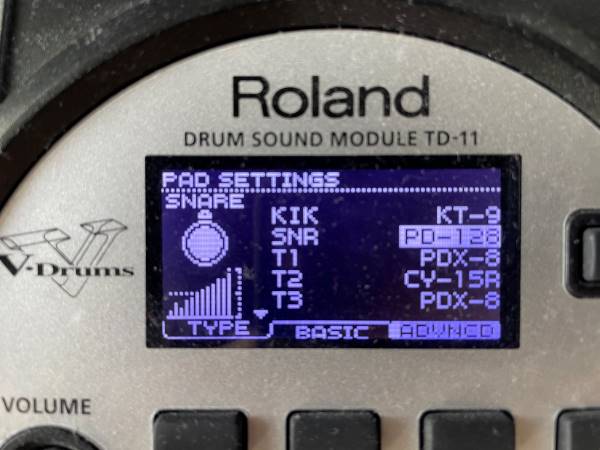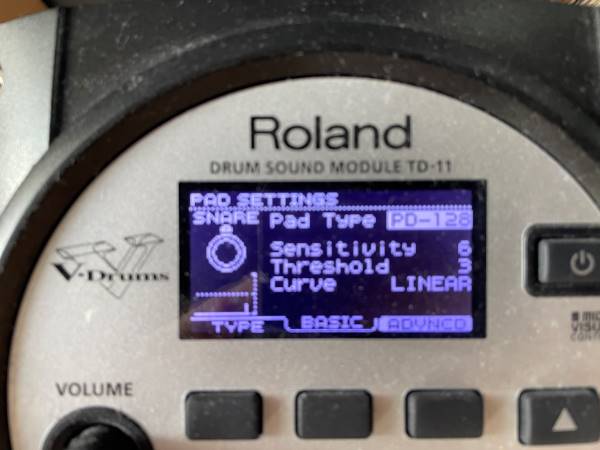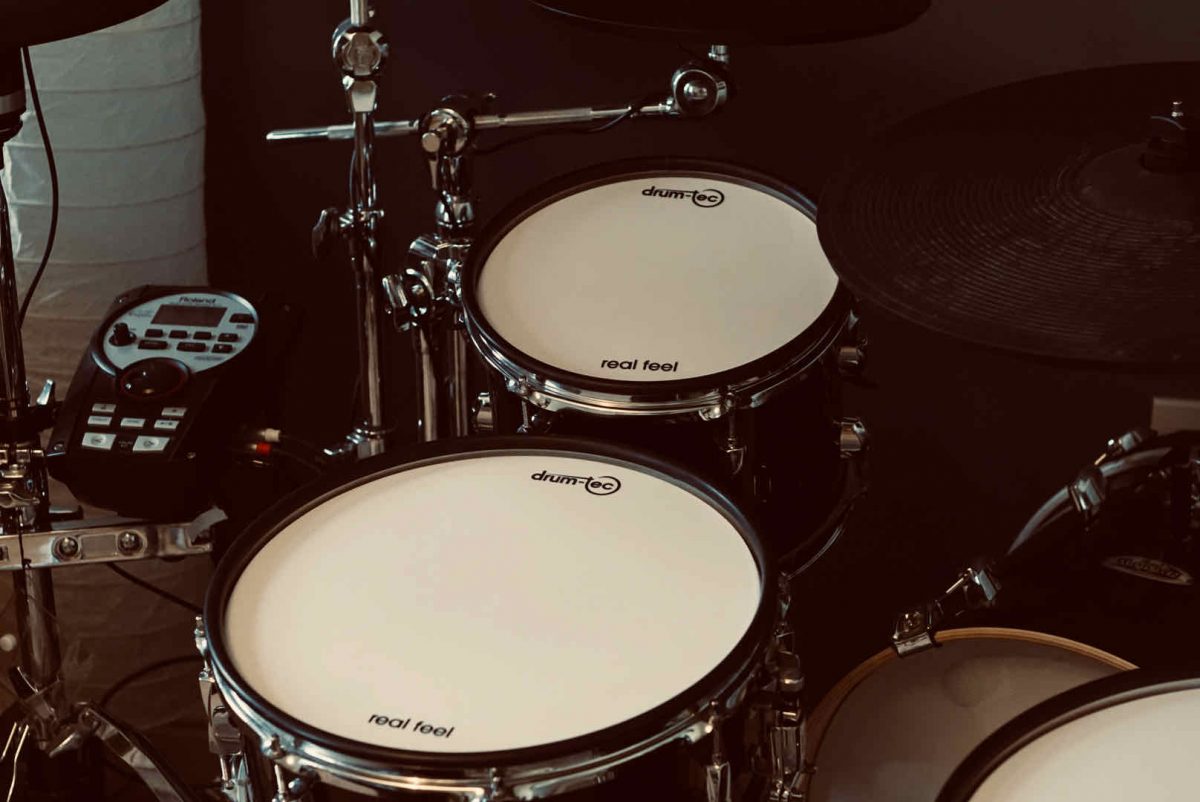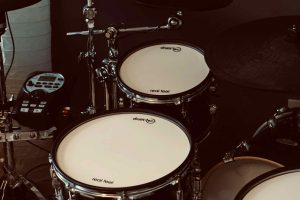If you’ve just bought a new electronic drum kit equipped with mesh heads, then you might be wondering why it came with a drum key, and why the mesh drum pads have tuning lugs. Drum keys are used for tuning acoustic drums, but surely an electronic drum doesn’t need tuning?
Do you need to tune an electronic drum?
No, electronic drums don’t need to be tuned. The reason why the tuning key and lug screws are present on the drum pads is for two different reasons – being able to replace the head and adjusting the feel of the head.
One of the great things about electronic drums is that they’re modular, so if one thing wears out or breaks, it can often be replaced without replacing the entire kit. Mesh drum heads are effectively consumables. They will wear out over many years, but even so when that time comes, you will need a way to change the head.
The head can be removed just like a standard acoustic drum head, just loosen all the lugs until the rim can be taken off. Change the head for one of equivalent size, replace the screws and do up the lugs again.
When doing up the lugs on a standard acoustic drum, you’ll be tuning it at the same time, ensuring each lug is at the same tightness.
That is not necessary with a mesh head. While you’ll still want a relatively even tension across the head, the pitch is irrelevant and not easy to hear in any case.
You’ll want to tighten the lugs until the drum is at a tension that suits your preferences while being tight enough to get an even triggering response across the playing surface.
Adjusting a mesh head for feel and triggering response
The other thing to consider is that the tightness of the mesh head can decrease over time, which changes the feel of the head and can alter the triggering response.
As you strike the head thousands of times over the drum pad’s life, the screws around the edges will gradually loosen ever so slightly. It’s barely noticeable, but over time this will mean the head’s bounciness will reduce, and if you leave it too long, it might mean the drum doesn’t trigger evenly across the head.
Be mindful of this, and consider tightening the head a quarter turn or so every few months, depending on how often you play.
Adjusting the sensitivity in your module’s pad settings
Tension on the head is not the only way to control the feel of an electronic drum, the other tool you can use is to tune the drum’s sensitivity inside your module’s pad settings.
The sensitivity dial here is used to adjust how your drum responds to different dynamics. If your drum’s sensitivity is set too high, even the gentlest of strikes would trigger a full-volume sound sample. If this happens, the sensitivity is too high to trigger light strokes or ghost notes, and therefore none of your playing dynamics would be audible to the listener.
Good drum modules will include a visual aid to help you dial in the right sensitivity. On my Roland TD-11, under System > Pad Settings, there is a graph at the bottom left of the screen that helps with this.

In the photo, the graph represents me hitting the snare drum pad progressively louder. Using this visual aid and the sound generated from the module, I’m better able to identify how the drum triggers from the lightest to strongest hit.

Changing the pad sensitivity setting is done under the Basic tab, and I can then use the graph to monitor how the drum triggers as I strike it, ensuring the hardest and softest strikes trigger correctly.
Wrapping up
While electronic drums don’t need tuning, if your eDrums use mesh heads, you do need to keep an eye on the tightness of the head and may need to adjust the pad’s sensitivity settings for accurate triggering.
If you’re new to electronic drums, you can learn more in our other articles, such as if you should buy a used electronic drum kit, if it’s better to learn electronic drums or acoustic drums, or learn how long electronic drums last.




